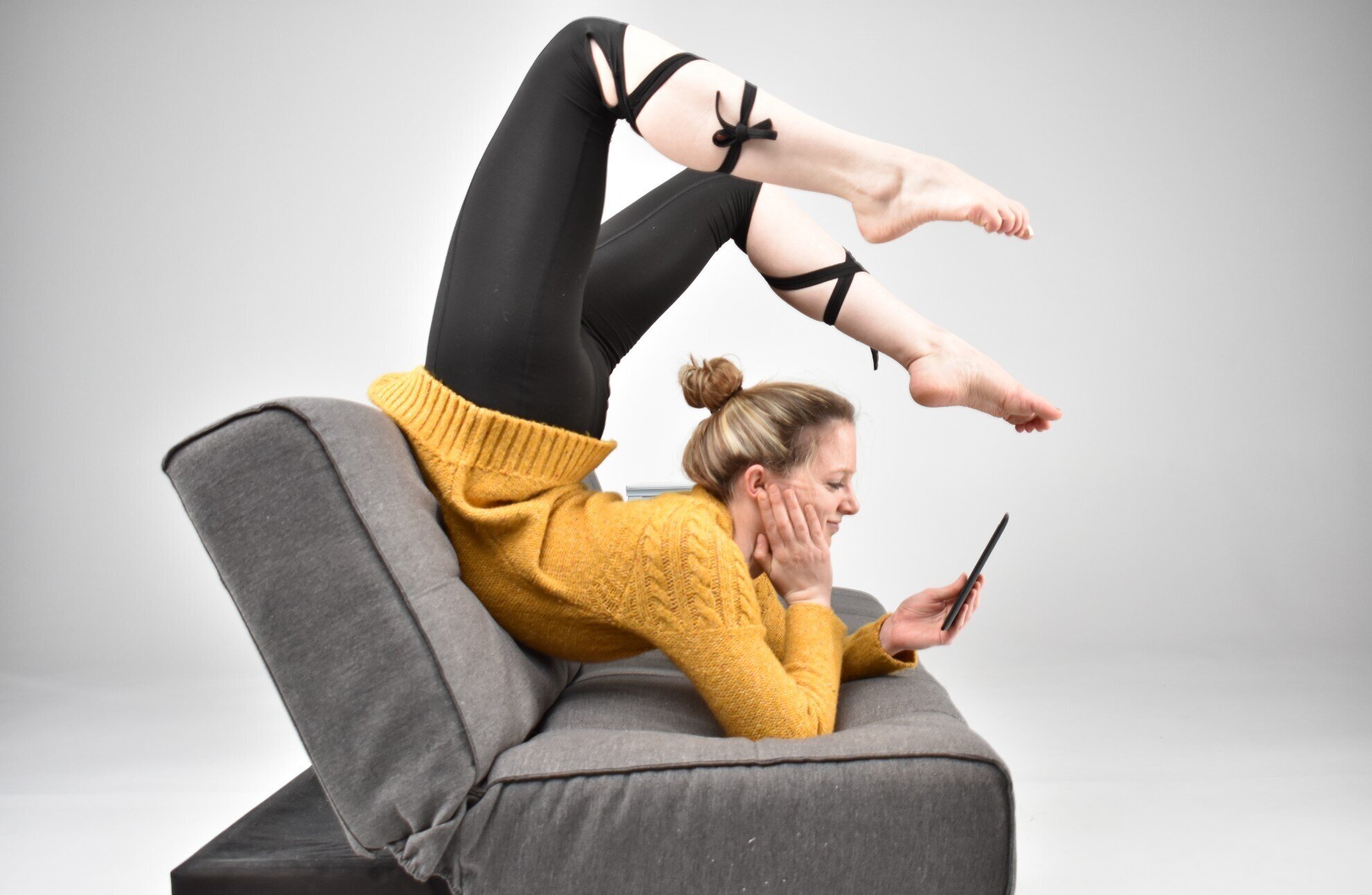
TIPS, TRICKS & HOW-TOs
The Bendy Blog: Flexibility Training Articles
Jump to:
Splits & Leg Flexibility / Back & Shoulder Flexibility / Beginner-Friendly / Contortion / All Posts
ALL CONTORTION POSTS
Contortion
A “Y Scale” or a side leg hold is one of my favorite standing contortion shapes because it’s one of the first ones I ever learned to do. Most students tend to enjoy this shape because it looks cool (obviously!) and is typically easier to train than a “traditional” standing split or the even-more-complex needle scale.
Earlier this week I posted a quick how-to showing the basic mechanics of how to do a Y scale. Today we’ll be looking at how to make it look bendier (working on our flexibility to lift the leg higher, make it look split-ier, etc).
A standing side leg hold, often called a “Y Scale” in the contortion world, is a fun (and impressive!) standing balance that showcases leg flexibility. Unlike a “regular” standing split, a Y Scale is an open split position that allows for both turn-out in the hips, and a tilt of the hips to maximize how high we can lift our leg.
Let’s look at two ways to do this pose: both the traditional standing variation, as well as an easier-to-balance variation lying on the floor.
If you’re working for a backbendier cobra, especially if you’re working on your toes-to-head King Cobra, learning how to comfortably add more neck flexibility can be a big help. In this post, we’ll explore a couple of different options for “engaging” the neck to see how they affect the comfort (and depth) of your backbend.
While we are often tempted to DO ALL THE THINGS when it comes to flexibility training, which may mean enthusiastically stretching every day without fail - this is actually one of the least effective ways to train. Rest days are a critical part of an effective training routine - let’s take a look at why, and how to plan them into your training. You may be pleasantly surprised to see MORE progress only “training” 3-4 days a week instead of every day.
A chest stand is arguably the most iconic contortion pose, requiring extreme levels of back flexibility (from the neck, upper and lower back), as well as incredible core control. It’s no wonder so many students dream to be able to one day do a chest stand! In this post we’ll take a peek into what a skill progression might look like on your journey to this magical trick.
Are you working on flatter, split-ier legs in your inversions? Being able to nail a flat split in a handstand, dangling from the top bar of a lyra, or virtually any instance where your body is upside down is a major active flexibility challenge! Let’s look at some drills that can help train our active flexibility for a flatter split in the air.
I was never very “good” at makeup, so stage/performance makeup was a bit intimidating when I started out. Thankfully there’s a lot you can do quite easily with very minimal skill to get you circus-fabulous in less than 15 minutes (psssst the secret is RHINESTONES!)
Since it’s October and that usually means the start of a heavier performing season (really from Halloween-ish themed things all the way to the Holidays and NYE), I thought I’d do some more posts this month about performing as a contortionist.
I had two (!) contortion gigs last week, both using my lollipop lyra, an aerial-ish apparatus that’s basically a big hoop (lyra) that sits on top of a stage pole that I do bendy tricks in. For one of them I filmed my warm up routine so I could share what a typical contortion warm up (for me) tends to look like.
Whether you’re just starting to work on inversions like forearm stands and handstands, or have been practicing for some time but need help learning to balance, working on strengthening your shoulders - especially your good ol’ rotator cuff - will be a big help in stability and feeling controlled in these poses.
Being able to hurl your entire bodyweight over your shoulders/forearms in a forearm stand is a formidable task to begin with, let alone try to balance yourself in that position! Thankfully once you learn to properly engage your muscles (and stop being a darn wet noodle), finding - and holding - your balance becomes much more achievable! With practice, you too can be busting out fancy forearm stand balances like a fancy Instagram yogi influencer (#yogisofinstagram).
Forearm stands are one of my favorite contortion shapes (because they are so fun to balance and there are lots of “options” for styling with your legs!) - but they can be daunting to try to tackle if you’ve never trained them before. That’s where learning some safe progressions can help build up your shoulder strength and flexibility, and your own confidence with supporting your body weight in this pose. These are 3 variations of forearm stands I like to work on with “begintermediate” students who are starting to work on forearm stands (similar to pincha mayurasana in yoga) for the first time.
I’m not going to lie - I have a love/hate relationship with middle oversplits. I love how big a difference they can make in how comfortable my “regular” middle splits feel. But I hate how the oversplits feel when I practice them (personally, I think they’re hard AF compared to front leg oversplits, but that’s how I’ve always felt about middle vs. front splits). But despite them being an exercise I minorly dread, I think they’re an important tool for students who have very middle split-y aspirations. Just like with front splits and front oversplits, middle oversplits can be a sneaky way for students who are oh-so-close-to-flat to challenge their hips a tiny bit more to help them touchdown.
Working on oversplits with your leg(s) on blocks is of course helpful for students who already have splits to take it to the next level - but they’re also helpful for students who are looking to close the last couple of inches on their splits to get them flat once and for all!
A great way to prepare your hips before diving in to full oversplit holds is to work on active drills for your hamstrings (front leg) and hip flexors (back leg) to challenge them in the elevated and increased range-of-motion positions they will be in when you are in a full oversplit.
I see this question all. the. time. on Reddit (shoutout to all my flexy practitioners in r/flexibility!) and all over the internet for that matter.
The short answer is no you’re not “too old,” literally anyone can start working on flexibility even if you’ve been a total slug your whole life.
Are you struggling to bend from your upper back? You’re not alone! In my 11+ years of training & teaching, I’ve found vast majority of students have a hard time arching through their upper back in backbends - and that’s because our upper back isn’t really designed to bend. Thankfully you don’t have to be doomed to have a flat-as-a-board upper back in all your bridges and backbends forever. With the right training and coaxing, anyone can improve their upper back flexibility and let it join in on the backbending part-ay!
If you’ve got relatively flexible hip flexors and quads (ex. you can easily pull your heel to your butt in a standing quad stretch, and/or you have flat splits) - it may be time to up your hip work for those muscle groups.
These are all deep anterior (front of the) hip stretches that may make you feel your quads like you’ve never felt them before!
“Straddle hovers” are one of my favorite exercises for active straddle flexibility - not only do they super strengthen your hamstrings, they also make you feel like Jean Claude Van Damme doing an epic split between between two semi trucks.
Being able to stand back up from a bridge is a common goal for contortionists and advanced yogis alike - and it’s quite the challenge given the amount of glute, hip and core strength required! This is an advanced skill I would suggest working with a coach on if you haven’t done any form contortion training/classes before to make sure you understand the proper engagement to safely get into deep backbends.
Looking for a costume for your first student showcase? Want something fun and new for an upcoming photo shoot? Seeking a more “professional” costume for corporate or professional performing opportunities? I’ve got you covered!
A chair sit bridge is often one of the trickiest one for beginning contortionists to learn because it requires quite a bit of back and shoulder flexibility, AND solid body awareness of how to move your hips in space while you are engaging in a backbend. In this blog post I cover some prep drills to help learn the “butt coordination” (aka hip pike) required to sit in a chair sit bridge.
While oversplit training may look like exercises reserved for those who are currently extremely comfortable in their flat splits, it’s actually safe an effective for students who are still an inch or two away from flat splits (and can even be a sneaky tool to help you close those last couple of inches!).
I’m someone who thrives off of checklists and organizes a decent amount of my life in Excel (OK - Google Sheets, I don’t pay for Microsoft Excel). Once I started performing regularly, I quickly realized I needed an idiot-proof list of all my makeup and props I should be bringing to my gigs.
Here are my go-to’s of what to pack for a performance…
Whether you are a seasoned yogi, novice contortionist, or just plain working on your back flexibility, back extensions are arguably the best conditioning exercise you can possibly do for your back flexibility. I like to call them a “broccoli” exercise - they’re part of a healthy “diet” of backbending training . . .
I often get asked for costume advice/ideas for contortion - and I freaking LOVE Etsy for catsuits and bodysuits. You have to be prepared to pay $100-$200 for a costume, but rest assured you are getting a quality costume that will last you a long time!
As a follow-up to last week’s forearmstands for beginners post, here are a couple of “bendier” versions of wall-supported forearmstands that are fun to play with: a half-scorpion and full scorpion.
Been eyeing those bendy yogis and circus folk on Instagram effortlessly balancing on their hands? Lucky for you forearmstands aren’t reserved for the realm of contortionists, anybody can get started with some beginner-friendly handbalancing with a wall-supported forearmstand!
A lot of people struggle with being able to backbend into a bridge from standing (sometimes called a “drop back”) - and rightly so, that shit’s hard. You need a lot of core and glute strength on top of general back and shoulder flexibility to be able to lower with control. The secret to a safer (and easier) backbend from standing is all about your center of gravity…
Contortion-style backbending asks a lot of your shoulders. To make sure I’m properly warmed up before I practice deep backbending postures, there are some extra drills I like to include beyond my “regular” shoulder warm up and conditioning exercises that cater to the more difficult work shoulders will asked to help with in contortion, like extreme shoulder rotations.
So you just bought a cheap toy bow so you can finally give this whole contortion archery thing a try - but surprise, it’s way harder than you expected! The arrow keeps falling off, you can’t even grab it with your toes… Unfortunately most children’s toy designers are not engineering these things with the budding contortionist in mind. Luckily there are couple of super easy modifications you can make to make any toy bow more foot-archery-friendly!

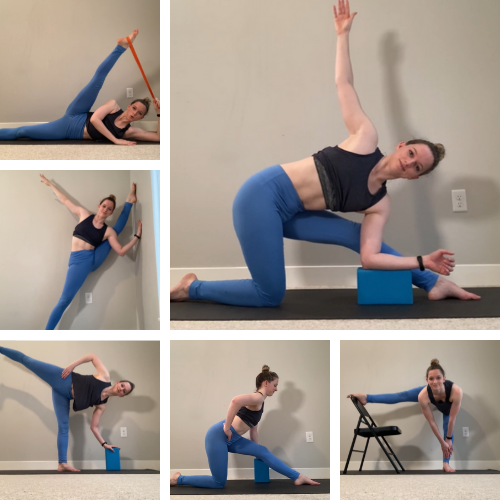
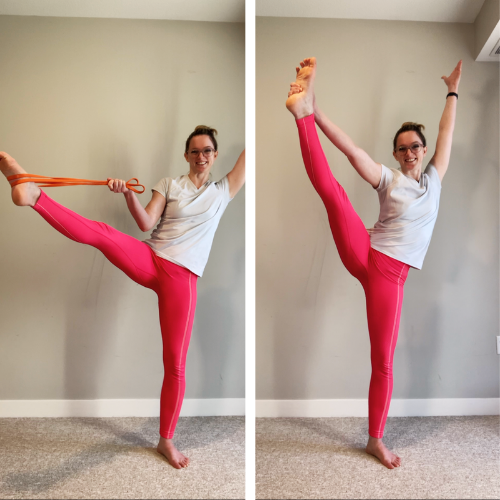
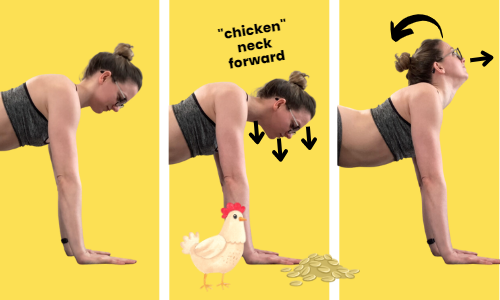
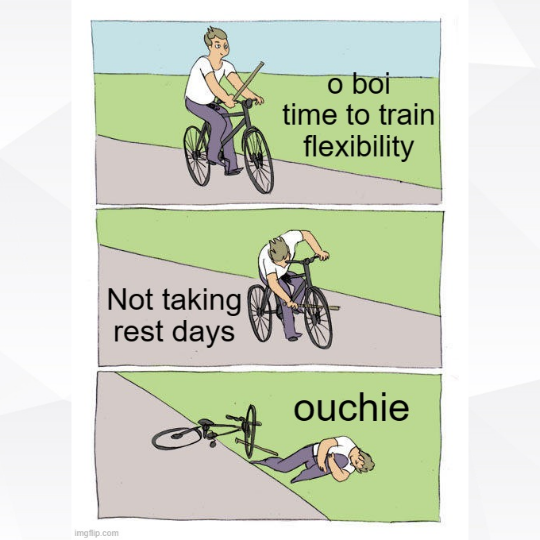
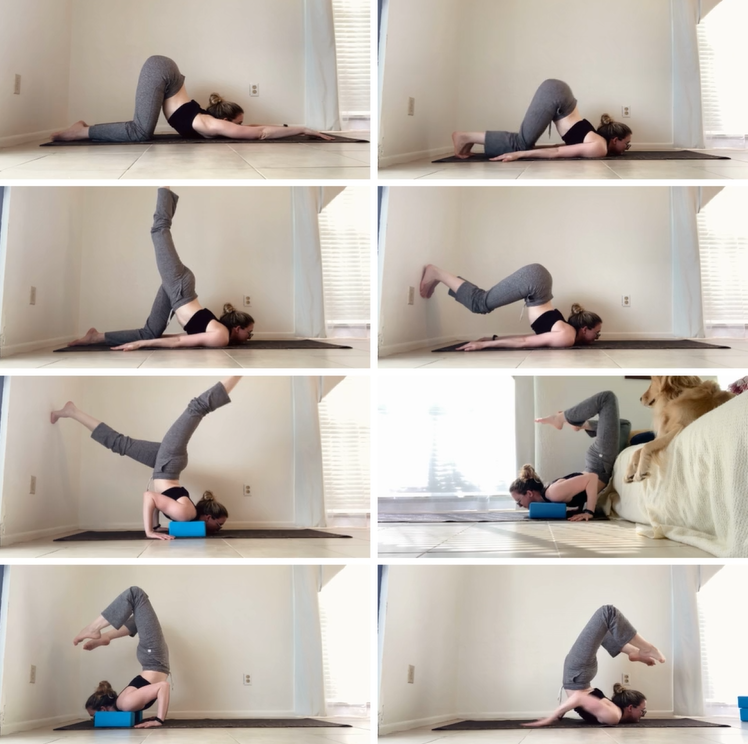
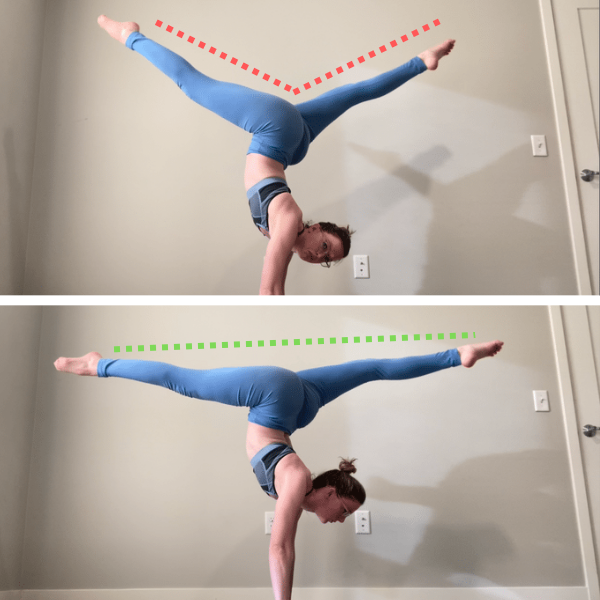
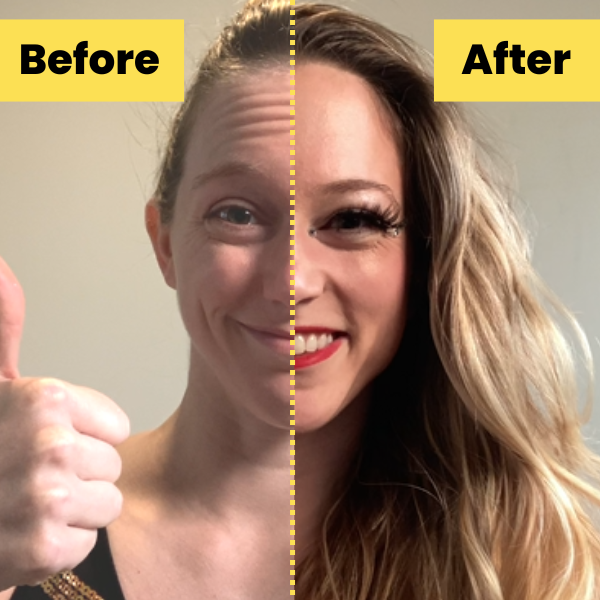
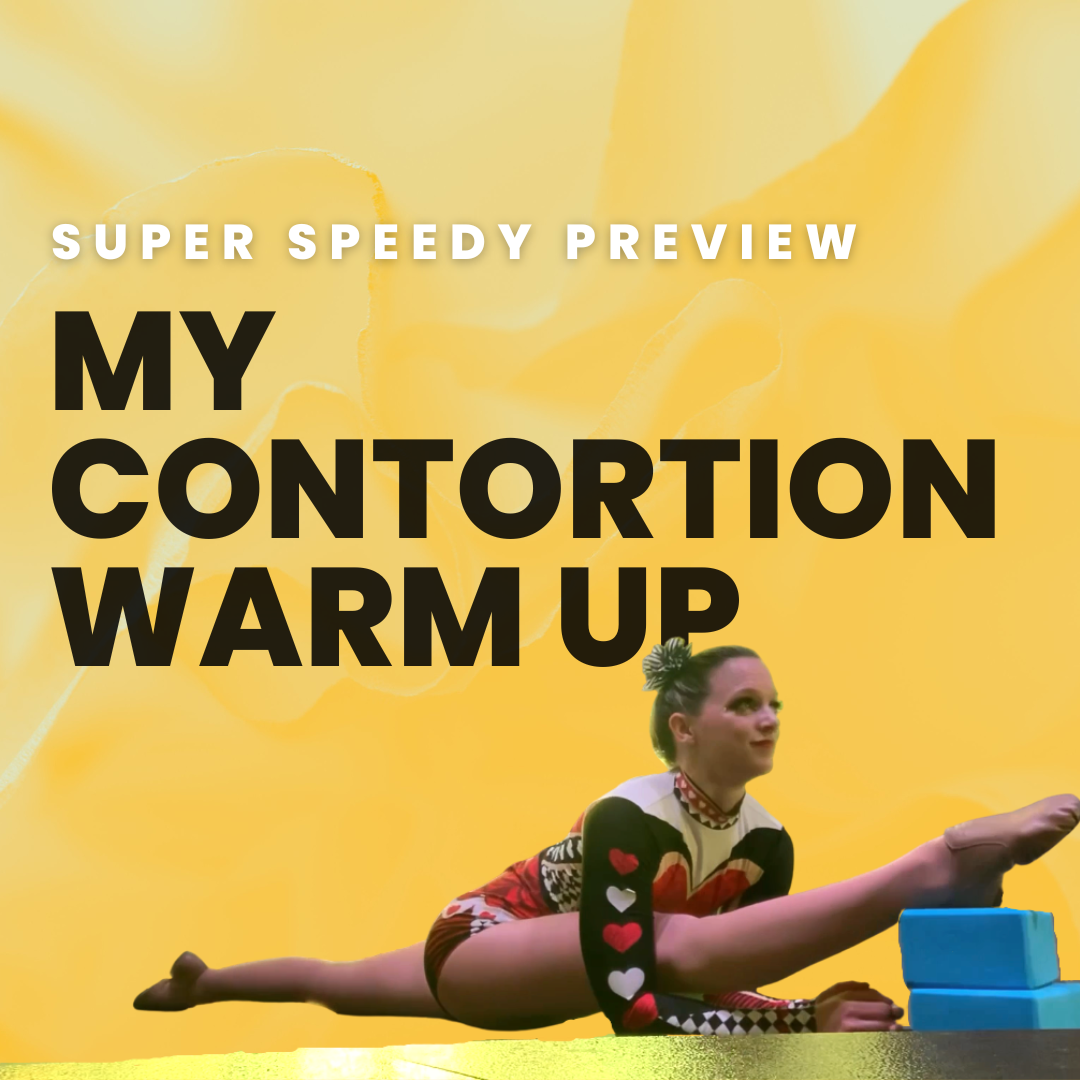
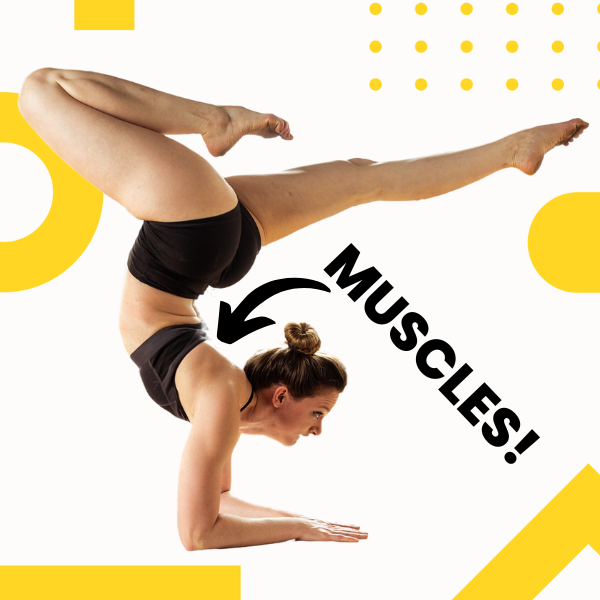

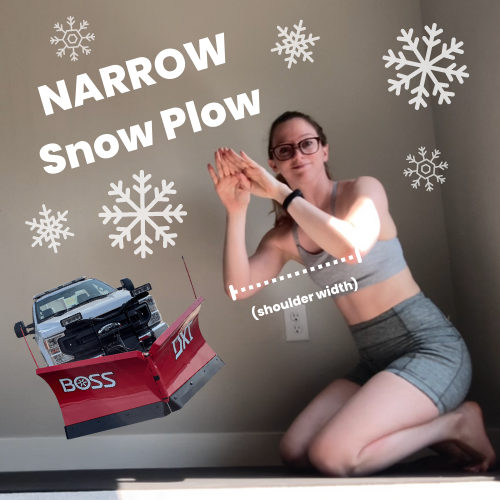

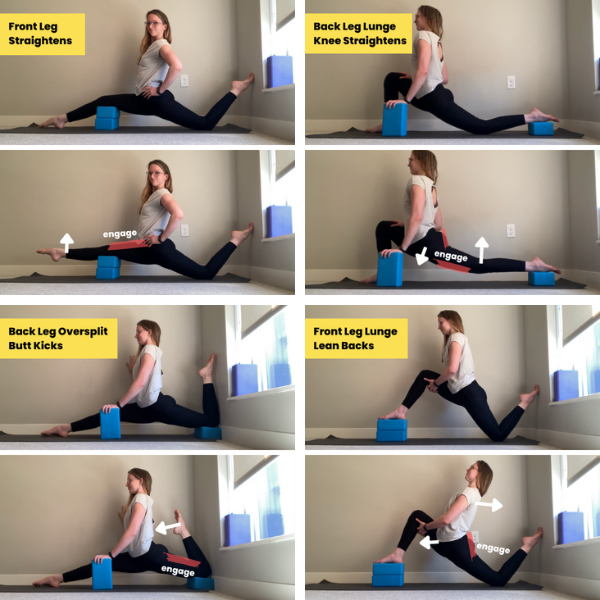
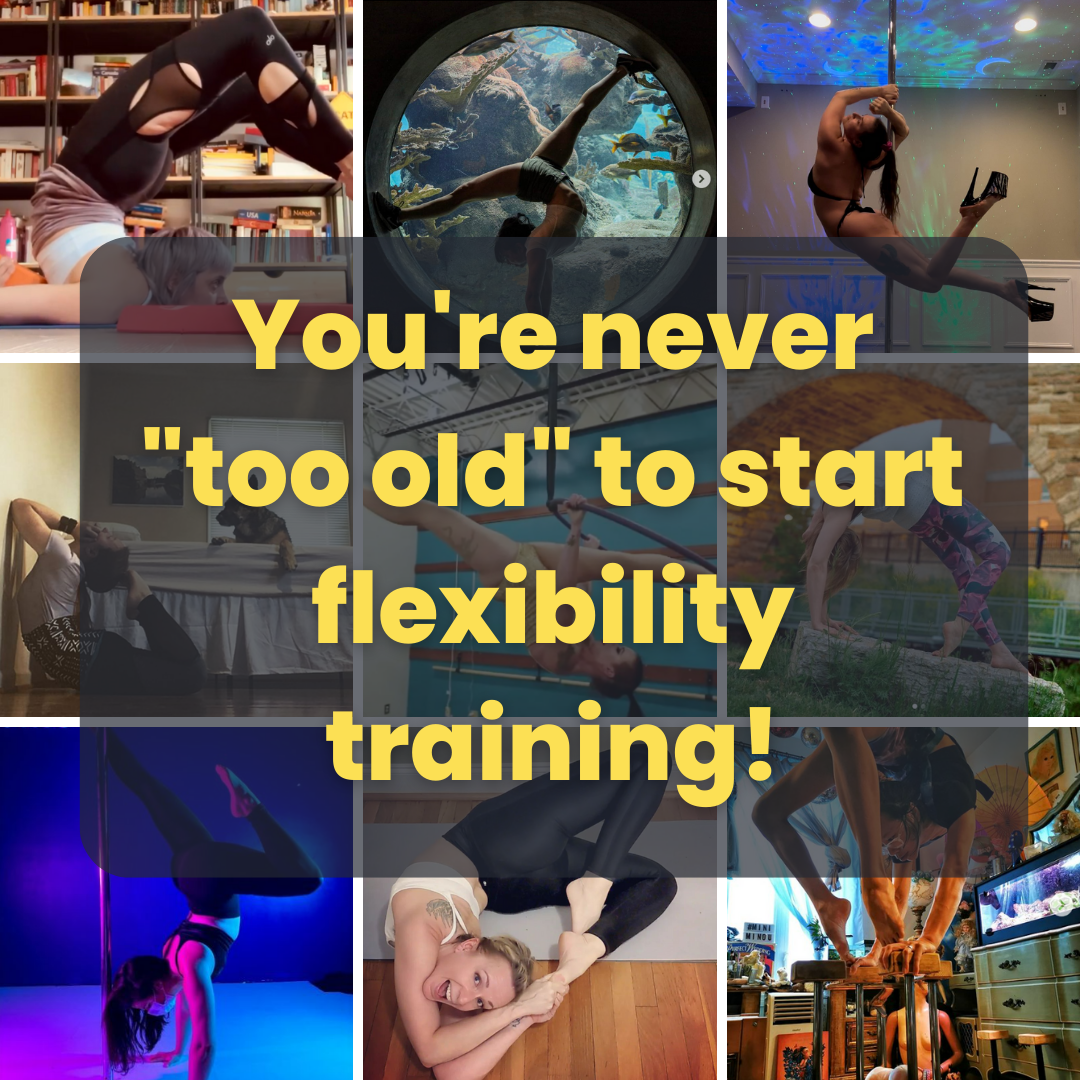
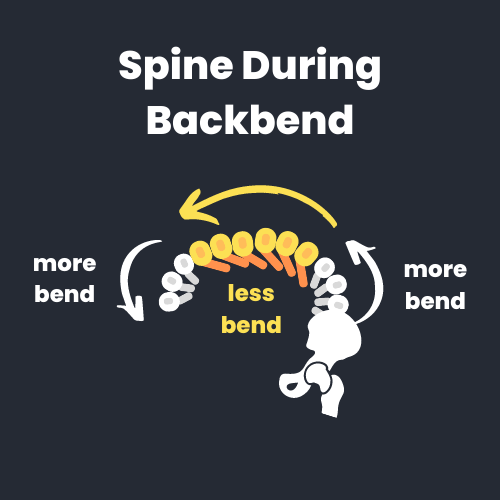
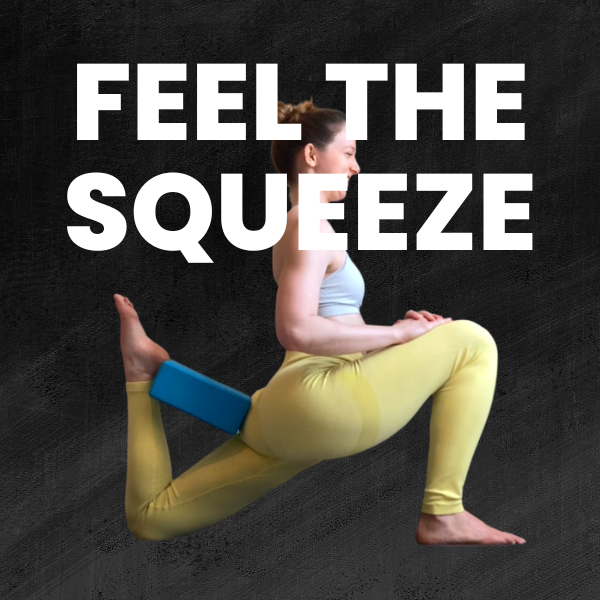

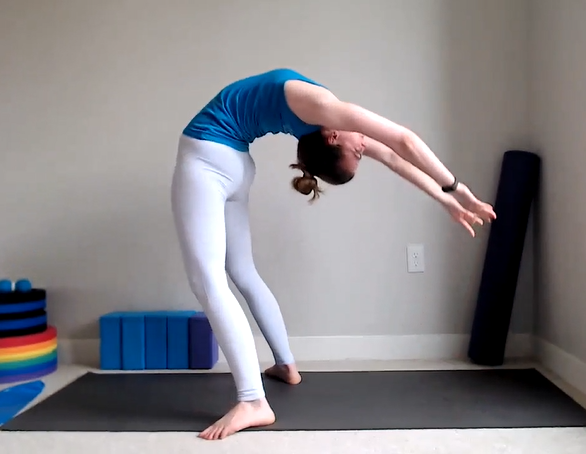
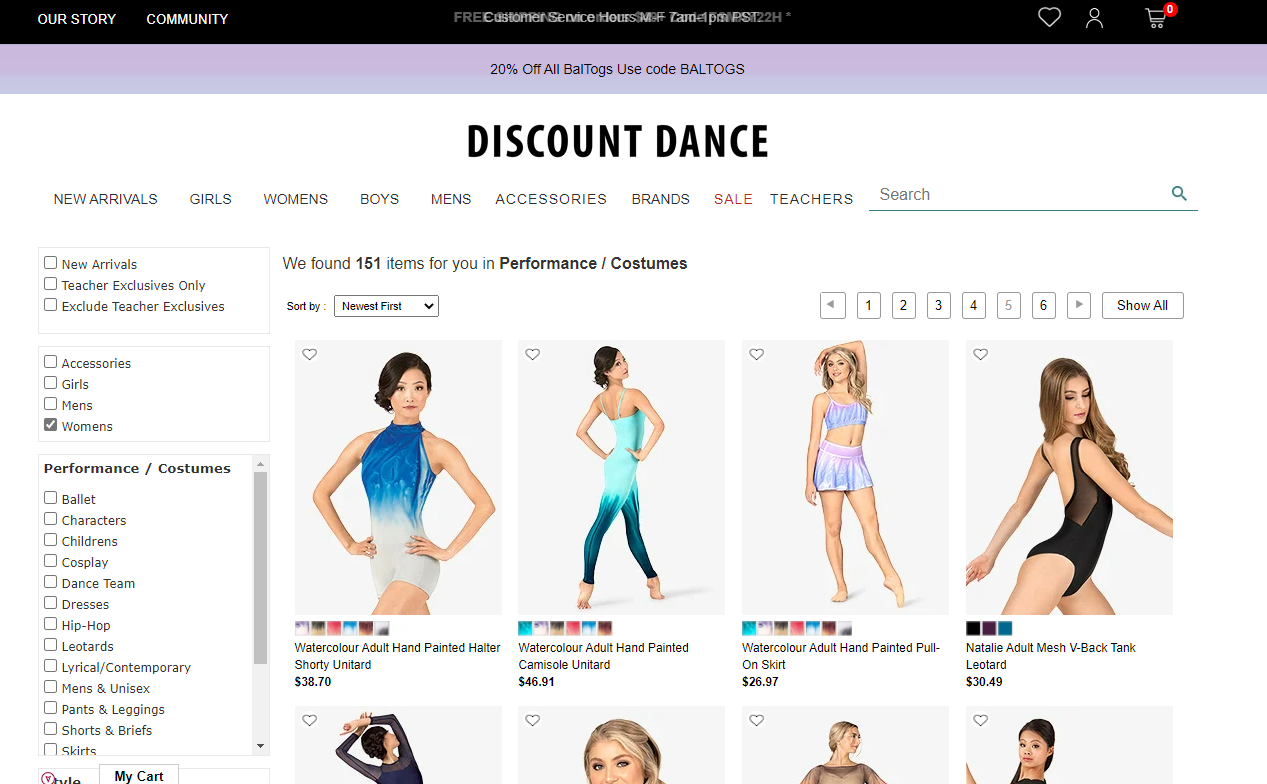








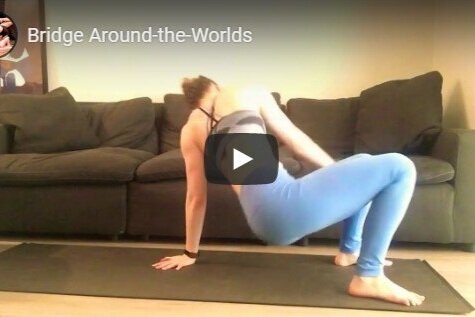

Being able to reach both hands behind your back and touch or clasp your fingertips is a challenging goal lots of people like to work towards. This type of flexibility can be helpful for yogis who like to work on funky arm binds (it’s the same position used in Gomukhasana or Cow Face Pose, but the flexibility can translate to other arm binds as well), for aerialists and pole dancers who need funk shoulder rotation and behind-the-back reaches to grab their apparatus, and for regular Average Joe folks who want enough shoulder mobility to scratch an itch on their back. Personally, I find having a big range of motion in this pose helpful because it allows my to put sunscreen on my own back without needing anyone else’s help (maybe not a primary motivation for most people, but certainly a plus in my book!).